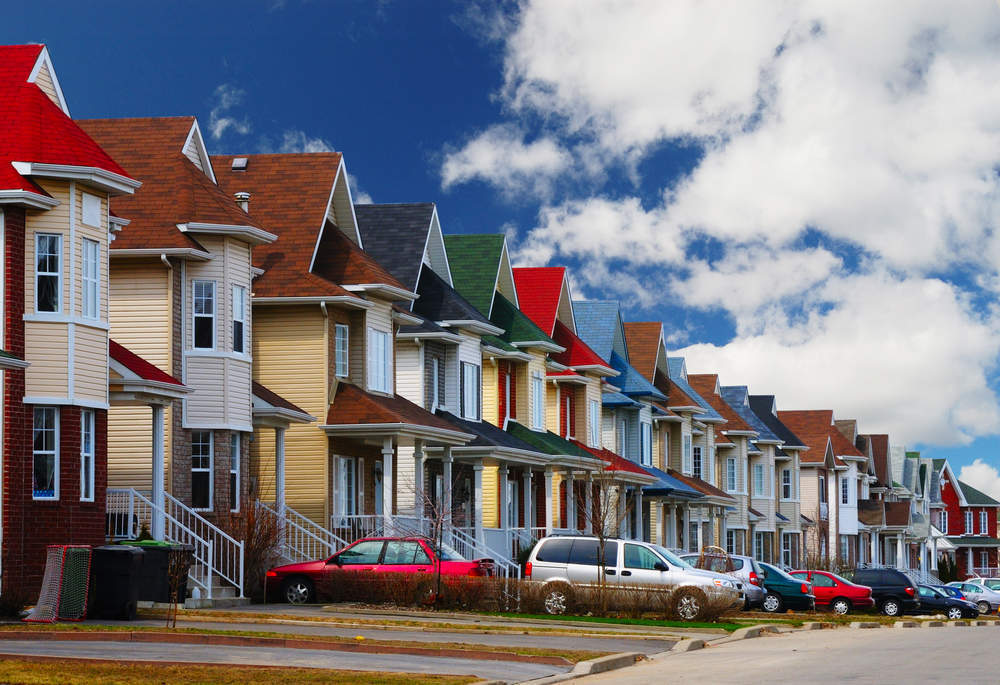
While New York has grown in wealth, Detroit has economically declined.
But, most major US cities share a common trend; a shrinking urban middle class. San Francisco is now so expensive it is struggling to attract people to fill middle income jobs.
New York in the 1970s was rife with unemployment, crime, and poverty.
Now, as the one of the leading global financial centres the city has the third largest share of millionaire CEO residents in the world (behind San Francisco and London).
Average incomes in New York are now among some of the highest in the US and GlobalData research suggests that by 2025 just short of half the population in New York’s metropolitan area will have a household income greater than $75,000, compared to the national average of $56,000.
In comparison, Detroit was once a prosperous city thanks to the thriving automotive industry: jobs were plentiful and in 1960 Detroit was America’s richest city by per capita income.
How well do you really know your competitors?
Access the most comprehensive Company Profiles on the market, powered by GlobalData. Save hours of research. Gain competitive edge.

Thank you!
Your download email will arrive shortly
Not ready to buy yet? Download a free sample
We are confident about the unique quality of our Company Profiles. However, we want you to make the most beneficial decision for your business, so we offer a free sample that you can download by submitting the below form
By GlobalDataThen, as the auto industry declined the city suffered.
GlobalData reports that as of 2016, 38 percent of households in the Detroit metropolitan area have a household income below $40,000.
But US cities all largely have something in common, a decline in the number of middle class residents and a shift of wealth from the suburbs to the inner city.
Many large cities in the US now show a stark tale of two extremes between the rich and the poor.
Inequality in nearly all major US cities is rising, and nowhere is this truer than in San Francisco which has the highest rental rates in the US (and the world) thanks to demand being driven up by well-paid tech workers.
As a result, people are unable to afford housing in San Francisco and the city is struggling to attract workers to fill important, but averagely-paid positions – notably teachers.
In response, the mayor recently announced plans to spend $44m on the construction of affordable rental homes specifically for teachers.
A shrinking middle class will increase rich and poor segregation not just in cities, but between urban and suburban areas.
As US cities continue to prosper economically, living costs will become increasingly unaffordable, and, as inequality rises, the inner city will be ever-more elitist while the suburbs expand to house those priced out.




